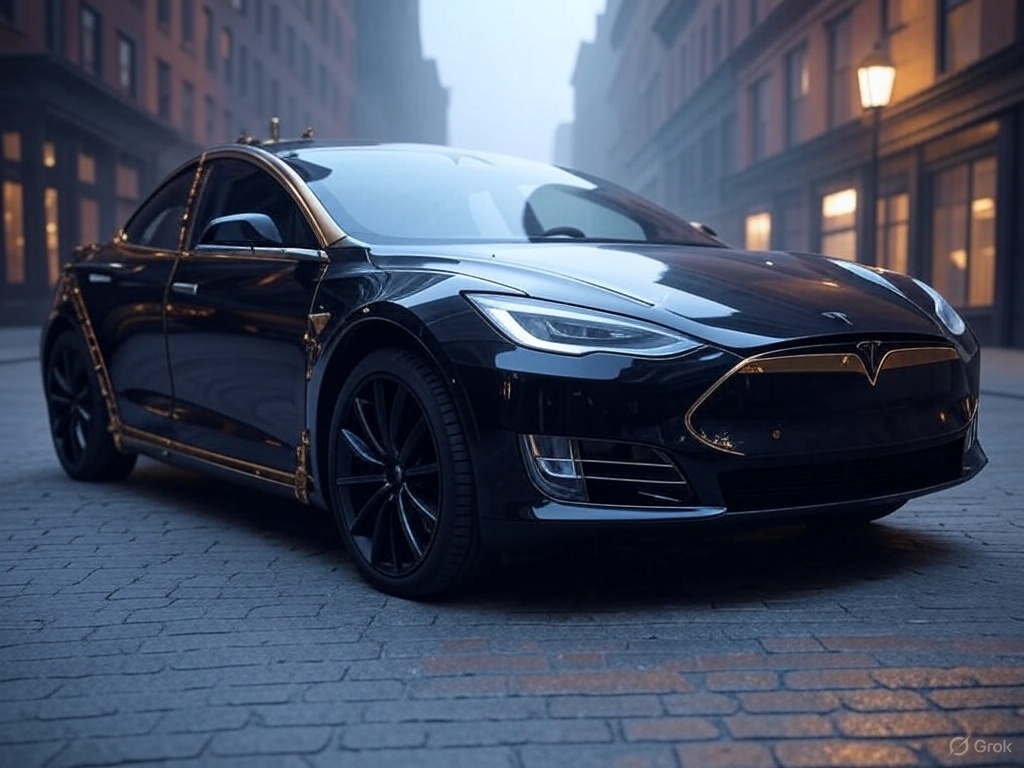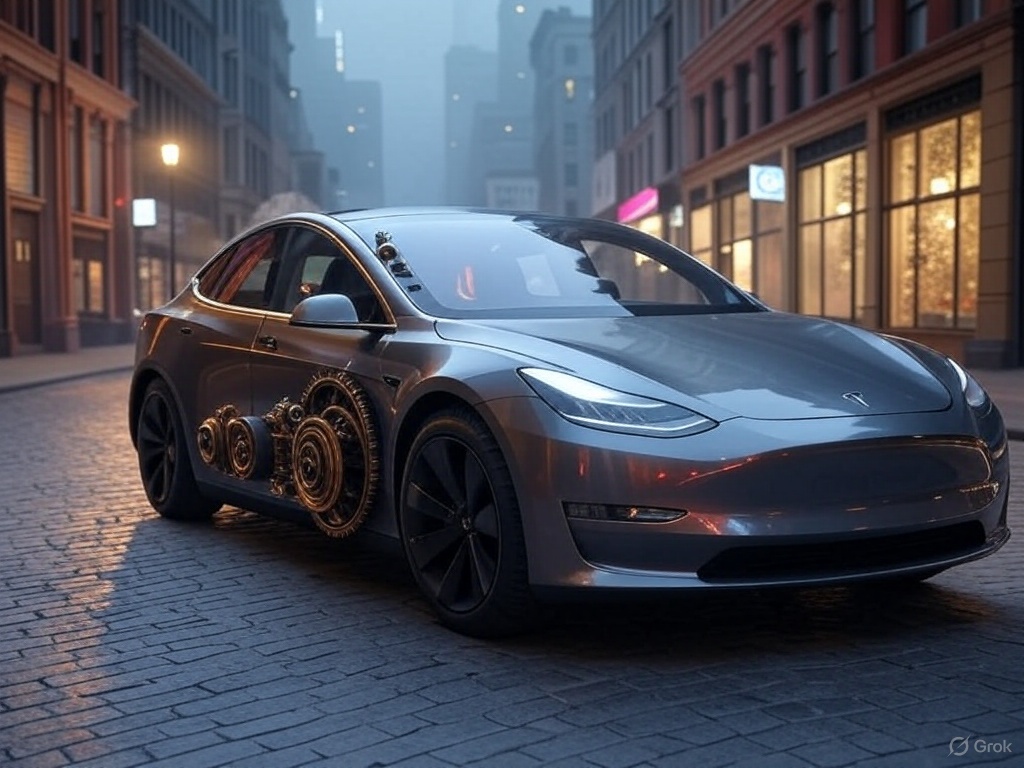Tesla has begun testing a groundbreaking feature that could turn its vehicles into a source of passive income for owners.
The company recently launched a pilot program for its Full Self-Driving (FSD) app, enabling Tesla cars to operate as autonomous taxis. This initiative, currently in testing with employees in Austin, Texas, and the San Francisco Bay Area, allows owners to monetize their vehicles while they sleep or go about their daily routines.
 The FSD app leverages Tesla’s AI-driven autopilot technology to ferry passengers without human intervention.
The FSD app leverages Tesla’s AI-driven autopilot technology to ferry passengers without human intervention.
Unlike traditional car-sharing models, this system requires passengers to have the Tesla app and an active subscription, currently priced at $99 per month.
Once enrolled, they can hail a Tesla for a ride, with the car’s FSD system handling the driving. Tesla has indicated that owners can opt into this ride-sharing feature, effectively turning their cars into autonomous money-makers.
Also read:
- Google Ventures into Hollywood with 100 Zeros Production Initiative
- Most of Your Friends Will Be AI: Zuckerberg’s Vision for the Future of Social Connection
- The Podcasting Market: Undervalued by a Factor of Three
 Early tests suggest the potential for significant earnings — Elon Musk has previously estimated that a Tesla could generate between $10,000 and $30,000 annually through such a service.
Early tests suggest the potential for significant earnings — Elon Musk has previously estimated that a Tesla could generate between $10,000 and $30,000 annually through such a service.
The concept blends elements of car-sharing and ride-hailing, akin to a fusion of Airbnb and Uber, as Musk described in a 2024 post on X.
Tesla’s current tests use the FSD (Supervised) version, meaning a safety driver is present to intervene if necessary.
However, the company aims to launch a fully autonomous, unsupervised version in Austin by June 2025, initially using Model Y vehicles. This rollout will likely involve teleoperators for added safety, with plans to expand to other cities like New York, Phoenix, and Atlanta later in the year.
The implications are significant. For Tesla owners, this could transform a depreciating asset into a revenue stream, with the car earning fares while parked or unused. For Tesla, it’s a step toward realizing Musk’s long-standing vision of a robotaxi network, a concept he first floated in 2019.
 However, challenges remain. Tesla’s FSD technology is still classified as Level 2 autonomy, requiring human oversight, unlike competitors like Waymo, which operates at Level 4 with fully driverless capabilities.
However, challenges remain. Tesla’s FSD technology is still classified as Level 2 autonomy, requiring human oversight, unlike competitors like Waymo, which operates at Level 4 with fully driverless capabilities.
Regulatory hurdles, safety concerns, and past criticisms of Tesla’s misleading FSD marketing — such as a 2022 California DMV lawsuit — could complicate the rollout.
While the idea of a car earning money autonomously is enticing, skepticism persists. Musk has repeatedly delayed FSD timelines, and incidents like a 2023 crash in New York, where a Tesla on FSD mode hit a tree, highlight the technology’s limitations.
As Tesla pushes forward, the success of this venture will hinge on its ability to deliver safe, reliable autonomy at scale—turning a futuristic dream into a practical reality for owners seeking passive income.






